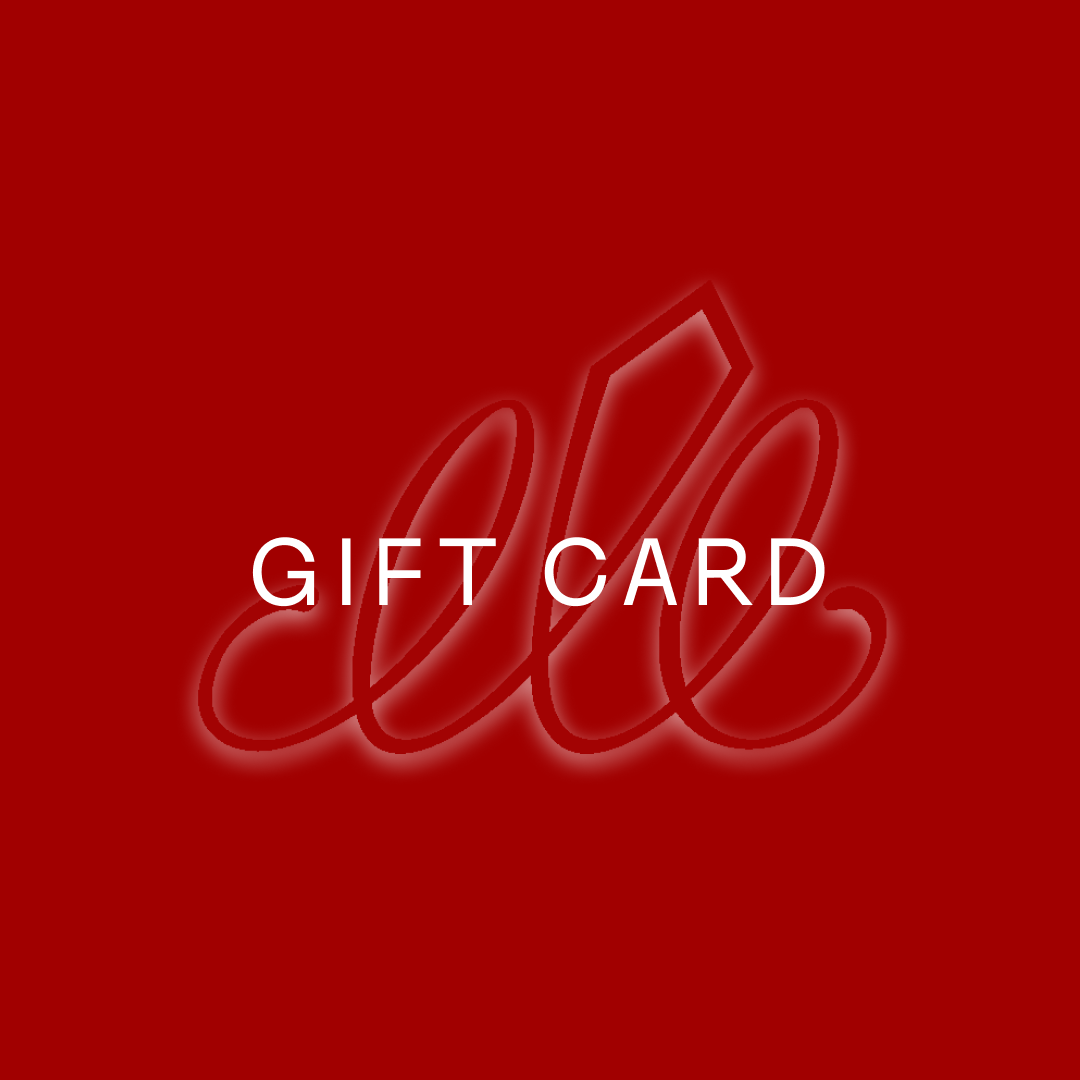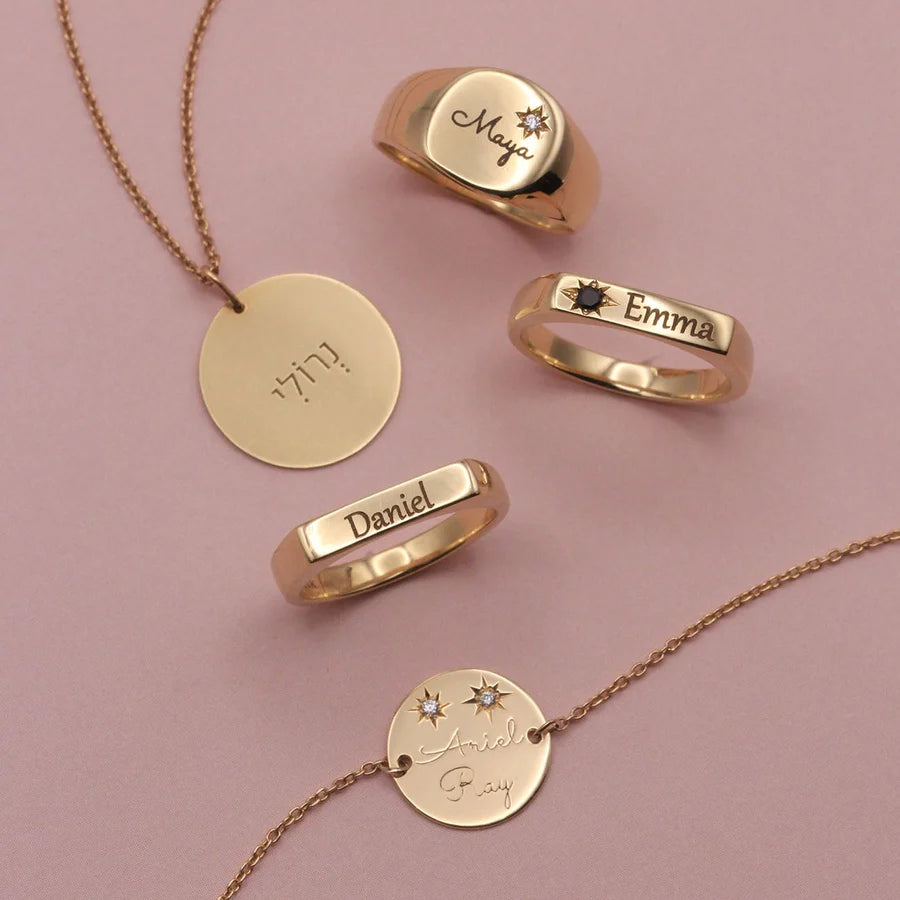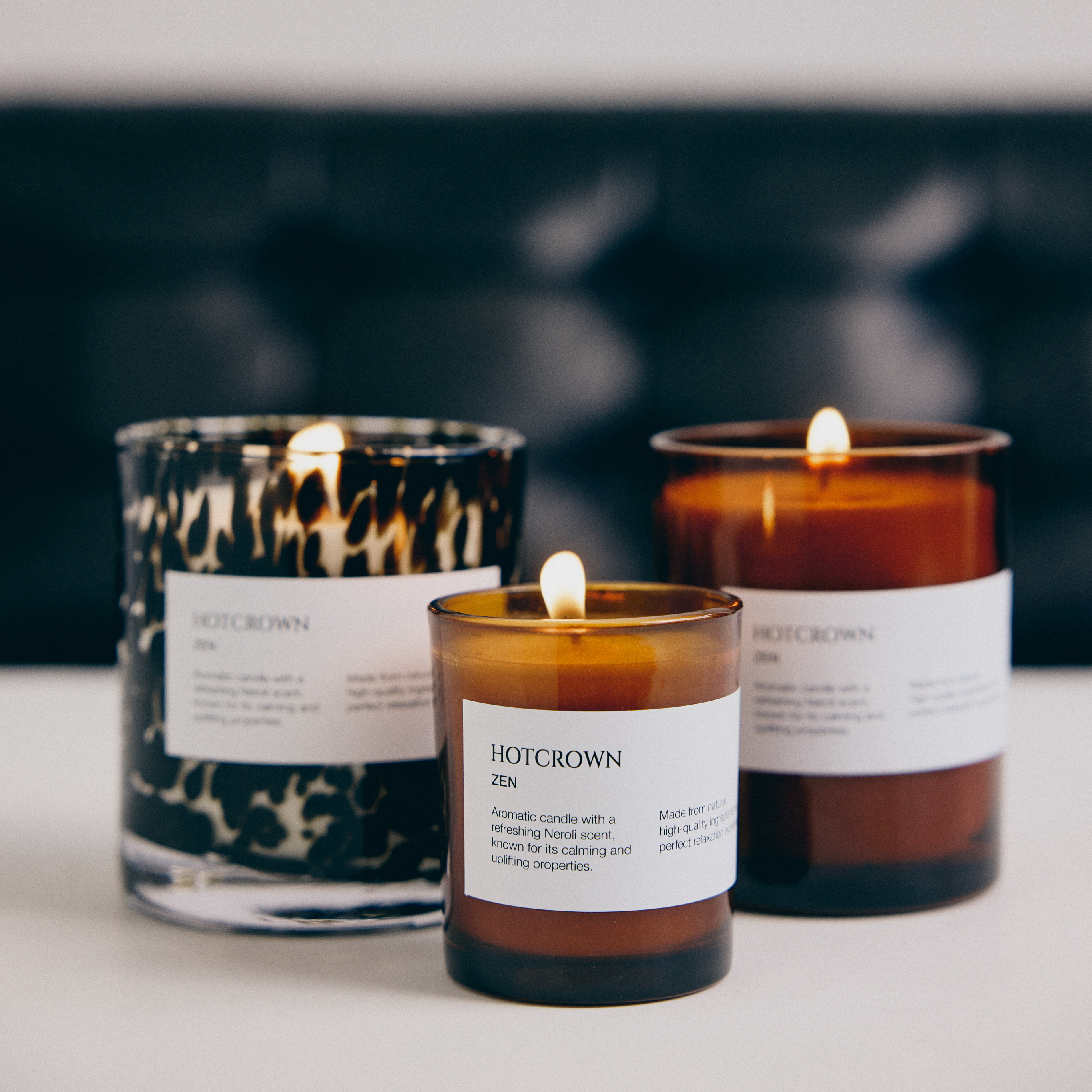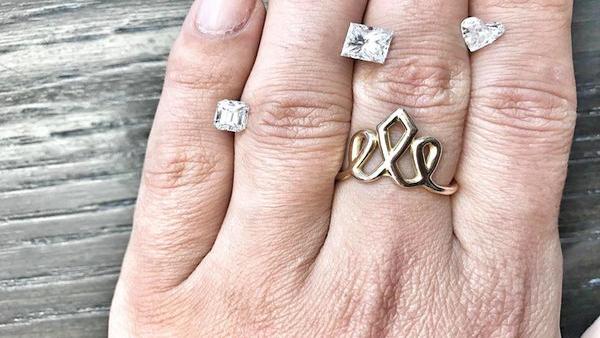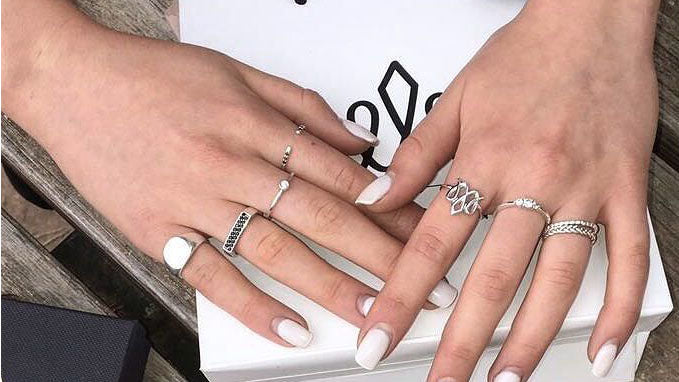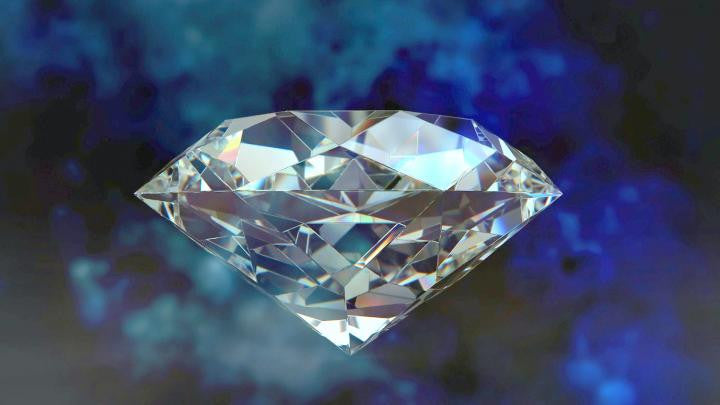If you are reading this, then we officially welcome you to the diamond lovers group. You are part of a fancy you-know-what-you-want crowd who admire diamonds, jewelry, and gemstones and who sees them as pieces of art, because let's admit it, they truly are.
How impressive is it to think every diamond is one of a kind? The explanation behind its extraordinariness is that these masterpieces are not human-made, but rather a result of a combination of several elements from the Earth. Yet another natural creation that amaze us all every day. According to Deborah Marquardt, Chief of Marketing Officer of the Diamond Producers Association, diamonds are "natural symbols of real connections because they are rare, precious and no two are alike." For these reasons, the majority of us admire fine jewelry and we're amazed by every piece of it. However... what do we really know about diamonds? How do we differentiate between real and fake gems? What are the factors determining which stone is the best?
Ultimately, how to choose a diamond?
For that, we have you covered. Since we know buying a diamond is a major investment, we present you the basics when it comes to diamonds and a guide to follow while buying the perfect gem for you. It's likely you've heard of the "Four C's" (cut, color, clarity, and carat) in diamonds, but don't really understand what they mean. After reading this article, you will master their meaning and their role while choosing a diamond.
Before talking about the four C's, we need to get into the variety of shapes in which diamonds come in. The most popular and traditional ones are the round cut diamonds which have a lot of fire, light and brilliance. Under this group, you can find the regular round cut, oval shaped cut, and the cushion shaped diamonds, which are rounded squares. These are timeless cuts that are extremely admired worldwide, but demand challenging work since they need to be well-cut to bring out the most brilliance within the jewel.

Brilliance plays an important role in cut and refers to the total amount of light returned by the stone. The angles at which a diamond is cut affects how efficiently it reflects light, and therefore, how it sparkles to the observer.
There are also unique shapes like the asscher and emerald diamonds which are rectangular and square cuts for a sleek, elegant appearance. They emit less fire or sparkle than round diamonds but are more transparent. Marquise and pear-shaped diamonds are more distinctive shapes, and help fingers look long and slender due to their elongated appearance.

Now, let's go down to the main factors, the 4 C's. How is the shape different from the first C- cut?
This is the part where people tend to get confused. Shape refers to the actual form of how you see the diamond, but cut is all about angles and proportions. Cut refers to how well the diamond is converted from a rough stone to a polished stone. While color and clarity are given by nature, carat weight is a result of how the stone is cut. This is the only part of the diamond that is human-made.
This C-factor is the most important one because there is no scale or guide to follow for finding the best cut, but rather looking at its characteristics. How brilliant is it? How bright is it? How sparkly and lively is it? When it's poorly cut, it doesn't show the diamond's beauty, they become dull and obscure. Cuts are usually graded from poorly cut, good, very good, ideal and super ideal.
What is carat?
Carat is the weight of the diamond on the scale. Diamonds with the same carat can look very different from each other due to its cut and may seem to have a big size difference between each of them, however, this relies entirely on the shape of the stone.

What about color?
Color in diamonds refers to the yellowing presence within the crystal structure of the diamond. There's an international scale which begins at D (being the best) and ends in Z. A diamond that gets a D under the color scale means it has an absence of color, it's the clearest of all. There are several yellow diamonds that are seen as fancy nowadays, but they actually go beyond Z on the scale. While having a budget, you may have to consider a balance between color and clarity and this also comes to each person's taste

The 4th C, clarity.
This factor is also created by nature and follows the GIA (Gemological Institute of America) scale. The scale begins with flawless- meaning the best clarity and then, there's the VVS grade. VVs stands for very very slightly included and then, there's one and two, one being the higher. So VVS1 and VVS2, then VS1 and VS2 (very slightly included), SI1 and SI2 (slightly included) and finally the range of I1,2,3 that goes below that. What is graded here is the presence of inclusions in the crystal structure which are imperfections. Since diamonds are naturally formed, these "imperfections" are totally normal. Ninety-nine percent of the diamonds have these inclusions, but what we are really looking for is how pronounce are these on the jewel. Are you able to see them with your naked eye? How obvious are they? How do they look under a 10x magnifier?
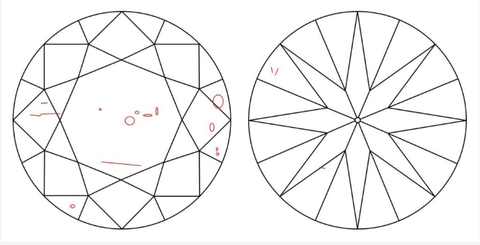
Lastly, how can you really be sure of what you are getting?
Our first and honest answer is TO BUY FROM SOMEONE YOU TRUST. This is our most important advice. You should be able to build a relationship with a brand/store/company and to only buy from the people you are certain and confident about. Although it sounds scientific, when diamonds are graded, sometimes each appraisal will give a different grading for the same diamond and for you as a customer, it's very confusing because you can't really know the true grade of the stone just from looking at it. You should be able to consult with the seller on what's the ideal diamond for the type of jewel you're interested in and for your budget as well. Moreover, the diamond should be accompanied by a grade certificate that indicates it's a natural diamond and that you're not getting an artificial one. Our main recommendation is to always shop from someone you trust because you know… you DESERVE TO SHINE!

